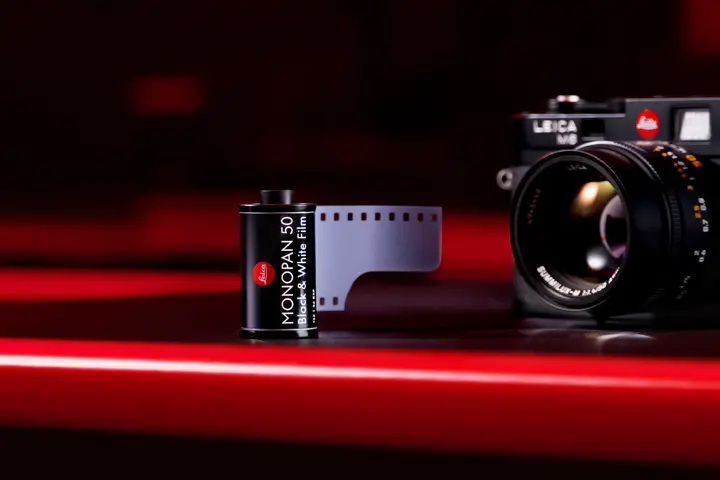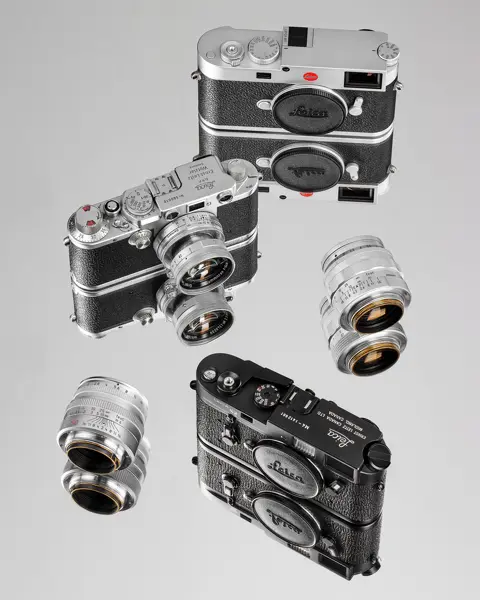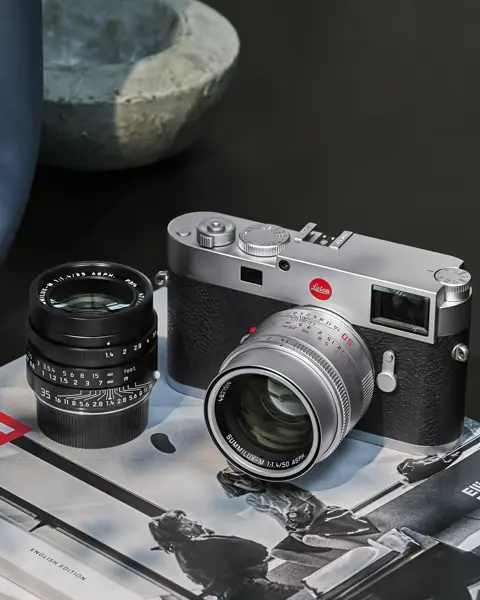
Not only is film not dead but alive and well, today we can count on a variety of improved versions of some of the most legendary film stocks, and a selection of very interesting newcomers.
In the realm of celebrated color film stocks, Kodak Portra resides in a place of its own. It is a family of daylight-balanced professional color negative film developed for portrait photographers in mind and engineered to get the best skin tones possible in every lighting condition. This film stock, especially its 400 ISO version, has become the first choice of photographers shooting any kind of subject, thanks to its great colors, finer grain, and natural warmth (in comparison to other negative film stock such as Fuji 400H).
Portra 400 is also the best option in changing lighting situations, due to its outstanding latitude for over and underexposure. As a side effect, overexposing this film tend to give brighter and more colorful pictures, while underexposing it provides a more moody image. It can also easily be pushed to 800 ISO if needed, giving great results. Today, both Portra 160 and 400 incorporate technological improvements developed for Kodak Vision line of motion pictures films, and are based now on Vision 3 technology, which makes them also particularly suited for scanning.
Then there is the new kid on the block, Cinestill film – and especially the highly publicized Cinestill 800T film stock. This tungsten-balanced color negative film is made from the same Kodak Vision based motion picture film stock used by the best cinematographers worldwide, and it is sought out for critical low-light tungsten lit scenes. Different from motion picture film, in the Cinestill 800T film, the remjet layer – which acts as an anti-halation layer – is removed making it also possible to develop it via the C-41 regular color process. And is exactly the removal of the ramjet layer that gives Cinestill 800T picture its most preeminent character: photos taken at night bring out bright light haloes, particularly with red lights, and with neon.
For black and white film stock, the true legend and the most popular, not just for black and white but of all film, is definitely Kodak Tri-X 400 (now known as Kodak 400TX). This is the film stock which Henri Cartier-Bresson, Elliott Erwitt, Joseph Koudelka, Sebastiao Salgado, Bruce Davidson, Ralph Gibson, Robert Frank, Garry Winogrand and many more great photographers used in their Leica cameras to tell their stories and share their vision. Created in 1940 and made available in 35mm since 1954, Tri-X 400 is known for its beautiful grain and timeless look, and for its enhanced contrast while being capable of rendering a wide gamut of grey tones. It has an incredible exposure latitude which allows to easily push it up to 3 stops and copes well with over exposure. A reminder that with negative film, especially black and white, it’s best to overexpose or “meter for the shadows”, exactly the contrary to what we’re used to do with digital cameras.
In short, while users still mourning the loss of the best film ever made, Kodachrome (those old enough to have had the possibility to shoot it will certainly agree), we still have great choices when it comes to which film stock to use.
Enjoy making pictures
Andrea Pacella

